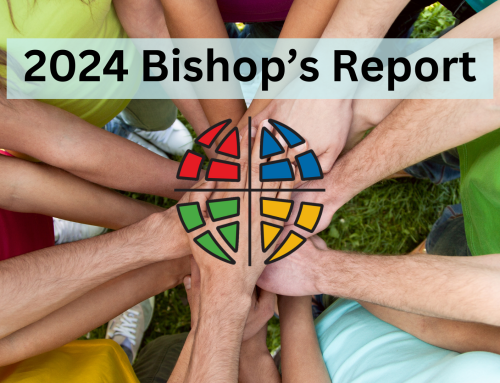
2020 marks the 50th anniversary of the ordination of women in the ELCA, the 40th anniversary of women of color, and the 10th anniversary of LGBTQ+ siblings.
It’s an incredibly important marker for the ELCA, though it is only the beginning for the Church, as women are still denied ordination across the denominations and hold less than 15% of the leadership positions in the worldwide church! Therefore, in 2020, we in the Oregon Synod will highlight one woman from Christian history every week for fifty weeks. Some you may know, others you may not, but all worthy of our respect and gratitude.
#47: Hadewijch
Hadewijch was a mystic who lived during the mid-thirteenth century. Her surviving texts include religious poetry, accounts of visions, and religious letters. She was well versed in scripture, quoted Christian writers and mystics, was familiar with Latin and French, and wrote in Dutch (the common language). Her work was instructional. She was particularly inspired by Christ’s injunction to Mary Magdalene to “go and tell what you have seen.” In her writings, Hadewijch includes descriptions of fourteen of her mystical visions. She sought to awaken her readers to the mysterious presence of God that she had experienced. She used the language of romantic love poetry to describe her relationship to God. To affirm God’s transcendence over gender, she used feminine nouns, pronouns, and adjectives almost interchangeably with masculine. She is believed to have been a Beguine (like Marguerite Porete and Mechtild of Magdeburg) and most likely held a leadership role among her sisters. The Beguines were a movement of religious women, living communally within society, outside of the confines and control of the patriarchal church. The communities varied in size from a handful to dozens. They followed no established rule and took no vows. They chose to live lives of poverty and chastity, and prayer and contemplation, while working to ease the suffering of the poor and the sick. Beguines are frequently associated with hospitals, especially leper hospitals, and with schools. The movement was officially condemned in 1310 due to its independence from ecclesiastical authority. Hadewijch’s work influenced other mystics, including Meister Eckhart. It has only recently begun to be rediscovered.





